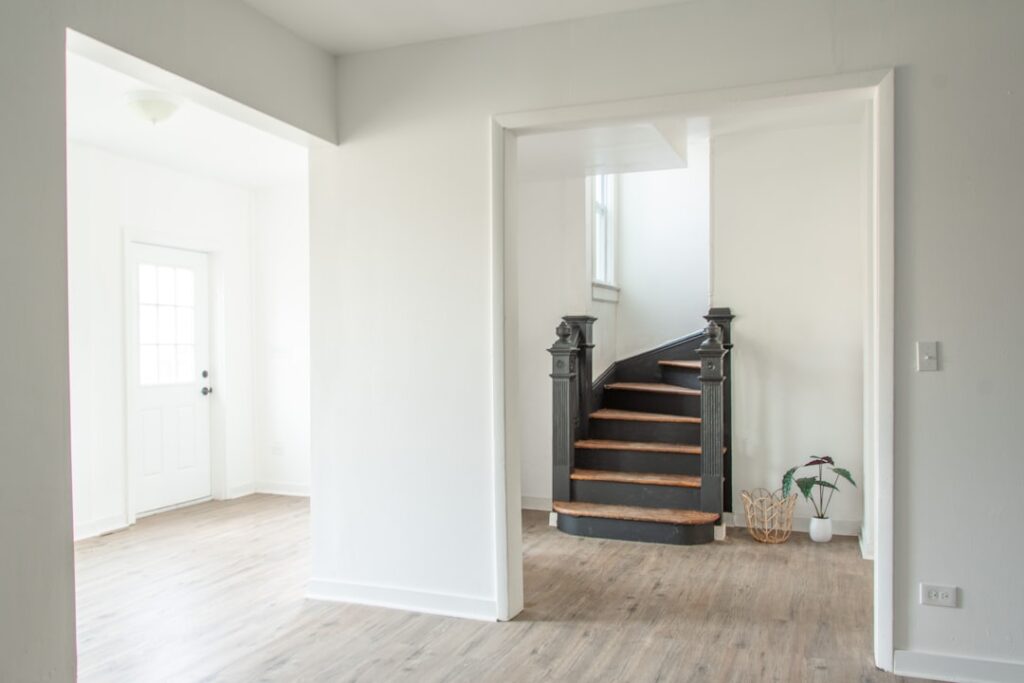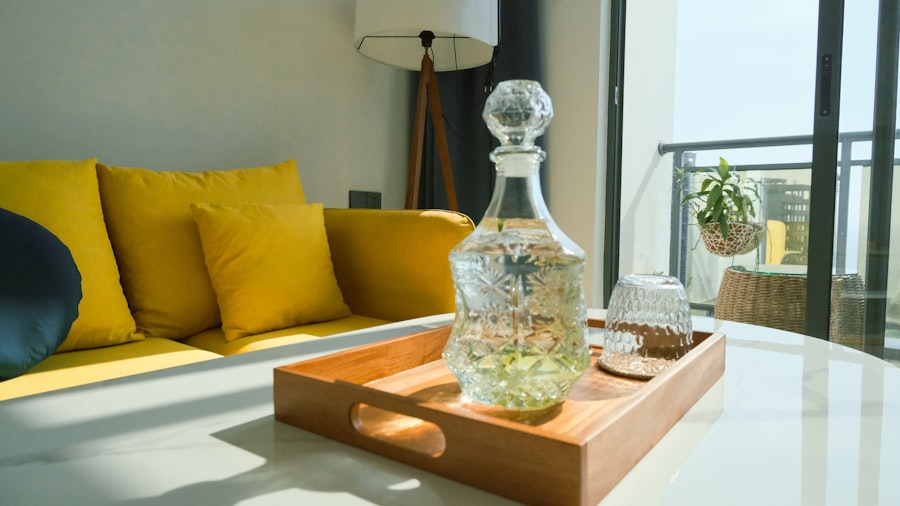
In recent years, there has been a noticeable shift in societal values, with many individuals gravitating towards the concept of quiet living. This movement is characterized by a desire for simplicity, tranquility, and a deeper connection to oneself and the environment. As urbanization and the fast-paced nature of modern life continue to escalate, people are increasingly seeking refuge from the chaos that surrounds them.
The rise of quiet living is not merely a trend; it reflects a profound yearning for balance and peace in an increasingly noisy world. The appeal of quiet living can be attributed to various factors, including the overwhelming presence of information and stimuli in daily life. The constant barrage of notifications, advertisements, and social media updates can lead to mental fatigue and anxiety.
In response, many are choosing to retreat into quieter spaces, both physically and mentally. This lifestyle encourages individuals to prioritize their well-being by fostering environments that promote relaxation and introspection. As more people recognize the benefits of slowing down, quiet living is becoming a viable alternative to the relentless hustle that has defined contemporary existence.
Creating a Peaceful Home Environment
A peaceful home environment serves as the foundation for quiet living, providing a sanctuary where individuals can unwind and recharge. The design and organization of one’s living space play a crucial role in cultivating this atmosphere. To create a serene environment, it is essential to consider elements such as color schemes, lighting, and furnishings.
Soft, neutral colors can evoke a sense of calm, while natural light enhances mood and promotes well-being. Incorporating plants into the home not only purifies the air but also brings a touch of nature indoors, further contributing to a tranquil ambiance. Decluttering is another vital aspect of establishing a peaceful home.
A cluttered space can lead to a cluttered mind, making it difficult to relax and focus. By adopting minimalist principles, individuals can create an organized environment that fosters clarity and serenity. This process involves evaluating possessions and letting go of items that no longer serve a purpose or bring joy.
The act of decluttering can be liberating, allowing for a more intentional approach to living. When each item in the home has significance, it contributes to an overall sense of peace and harmony.
Embracing Mindfulness and Meditation

Mindfulness and meditation are integral components of quiet living, offering tools for individuals to cultivate awareness and presence in their daily lives. Mindfulness involves paying attention to the present moment without judgment, allowing individuals to fully experience their thoughts, feelings, and surroundings. This practice can be incorporated into various aspects of life, from savoring a meal to taking a mindful walk in nature.
By embracing mindfulness, individuals can develop a deeper appreciation for the simple moments that often go unnoticed. Meditation, on the other hand, provides a structured approach to quieting the mind and fostering inner peace. Regular meditation practice has been shown to reduce stress, improve focus, and enhance emotional well-being.
There are numerous techniques available, ranging from guided meditations to breath-focused practices. For beginners, starting with just a few minutes each day can yield significant benefits over time. As individuals become more comfortable with meditation, they may find themselves better equipped to navigate the challenges of daily life with grace and composure.
Disconnecting from Technology
| Metrics | Data |
|---|---|
| Percentage of people who disconnect regularly | 45% |
| Average time spent disconnected per day | 2 hours |
| Top reasons for disconnecting | Relaxation, mental health, and quality time with family |
| Impact on productivity | Increased focus and creativity |
In an age dominated by technology, disconnecting from digital devices has become essential for those seeking quiet living. The pervasive influence of smartphones, social media, and constant connectivity can lead to feelings of overwhelm and distraction. By intentionally stepping away from technology, individuals can reclaim their time and mental space.
This disconnection allows for deeper engagement with the present moment and fosters genuine connections with oneself and others. Establishing boundaries around technology use is crucial for creating a balanced lifestyle. Designating specific times for checking emails or social media can help prevent mindless scrolling throughout the day.
Additionally, creating tech-free zones within the home—such as bedrooms or dining areas—encourages more meaningful interactions and promotes relaxation. Engaging in activities that do not involve screens, such as reading, gardening, or pursuing hobbies, can provide a refreshing break from the digital world and enhance overall well-being.
Finding Joy in Simple Pleasures
The essence of quiet living lies in finding joy in simple pleasures that often go overlooked in the hustle of everyday life. These small moments—whether it’s enjoying a warm cup of tea, taking a leisurely stroll through the park, or listening to the sound of rain—can bring immense satisfaction and contentment. By cultivating an appreciation for these experiences, individuals can shift their focus away from material pursuits and external validation.
Practicing gratitude is an effective way to enhance one’s ability to find joy in simplicity. Keeping a gratitude journal or taking time each day to reflect on positive experiences can help individuals recognize the abundance present in their lives. This shift in perspective encourages mindfulness and fosters a deeper connection to the world around them.
As individuals learn to savor these moments, they often discover that true happiness lies not in grand achievements but in the quiet beauty of everyday life.
Prioritizing Self-Care and Mental Health

Self-care is an essential aspect of quiet living that emphasizes the importance of nurturing one’s mental health and well-being. In a society that often glorifies busyness and productivity, prioritizing self-care can feel counterintuitive; however, it is crucial for maintaining balance and resilience. Engaging in regular self-care practices—such as exercise, journaling, or spending time in nature—can significantly enhance emotional health and overall quality of life.
Moreover, recognizing the signs of burnout or stress is vital for effective self-care. Individuals must learn to listen to their bodies and minds, acknowledging when they need rest or support. Seeking professional help when necessary is also an important aspect of prioritizing mental health.
Therapy or counseling can provide valuable tools for coping with life’s challenges and fostering personal growth. By making self-care a non-negotiable part of daily life, individuals can cultivate resilience and create a solid foundation for quiet living.
Building Stronger Connections with Loved Ones
Quiet living encourages individuals to prioritize meaningful connections with loved ones over superficial interactions. In an era where social media often replaces face-to-face communication, fostering genuine relationships has become increasingly important. Spending quality time with family and friends allows individuals to deepen their bonds and create lasting memories.
Engaging in shared activities—such as cooking together, playing games, or simply enjoying each other’s company—can strengthen these connections. Moreover, open communication plays a pivotal role in building strong relationships. Taking the time to listen actively and express feelings honestly fosters trust and understanding among loved ones.
Creating rituals or traditions—such as weekly family dinners or monthly outings—can also enhance connections by providing opportunities for shared experiences. As individuals invest time and energy into nurturing these relationships, they often find that their lives become richer and more fulfilling.
Embracing Minimalism and Sustainability
The principles of minimalism and sustainability align closely with the ethos of quiet living, promoting intentionality in consumption and lifestyle choices. Minimalism encourages individuals to simplify their lives by reducing excess possessions and focusing on what truly matters. This approach not only declutters physical spaces but also alleviates mental burdens associated with consumerism.
By embracing minimalism, individuals can create environments that reflect their values while fostering peace and clarity. Sustainability complements minimalism by encouraging conscious choices that benefit both personal well-being and the planet. Adopting sustainable practices—such as reducing waste, supporting local businesses, or choosing eco-friendly products—can lead to a more harmonious existence with nature.
This commitment to sustainability fosters a sense of responsibility towards future generations while enhancing one’s connection to the environment. As individuals embrace both minimalism and sustainability within their lives, they contribute to a broader movement towards mindful living that prioritizes quality over quantity. In summary, quiet living represents a profound shift towards simplicity, mindfulness, and intentionality in an increasingly chaotic world.
By creating peaceful home environments, embracing mindfulness practices, disconnecting from technology, finding joy in simple pleasures, prioritizing self-care, building strong connections with loved ones, and adopting minimalism and sustainability principles, individuals can cultivate lives rich in meaning and tranquility. This holistic approach not only enhances personal well-being but also contributes positively to the broader community and environment.
FAQs
What is quiet living?
Quiet living is a lifestyle trend focused on creating a peaceful and calm environment in both the home and daily activities. It emphasizes the importance of slowing down, simplifying, and finding moments of tranquility in a fast-paced world.
What are the benefits of quiet living?
The benefits of quiet living include reduced stress and anxiety, improved mental clarity, better sleep quality, increased mindfulness, and a greater appreciation for the present moment. It can also lead to a more sustainable and intentional way of living.
How can someone incorporate quiet living into their lifestyle?
Incorporating quiet living into one’s lifestyle can be achieved through practices such as meditation, mindfulness, decluttering and simplifying the home environment, spending time in nature, setting boundaries with technology and social media, and prioritizing activities that bring a sense of calm and contentment.
Is quiet living the same as minimalism?
While there are similarities between quiet living and minimalism, they are not the same. Quiet living focuses on creating a peaceful and calm environment, while minimalism emphasizes living with less and simplifying material possessions. However, both lifestyles share the goal of reducing stress and finding contentment in simplicity.
Can quiet living be practiced in urban environments?
Yes, quiet living can be practiced in urban environments. While urban living may present more challenges in terms of noise and distractions, individuals can still create pockets of tranquility within their homes, prioritize quiet activities, and seek out peaceful spaces in the city such as parks or quiet cafes.





